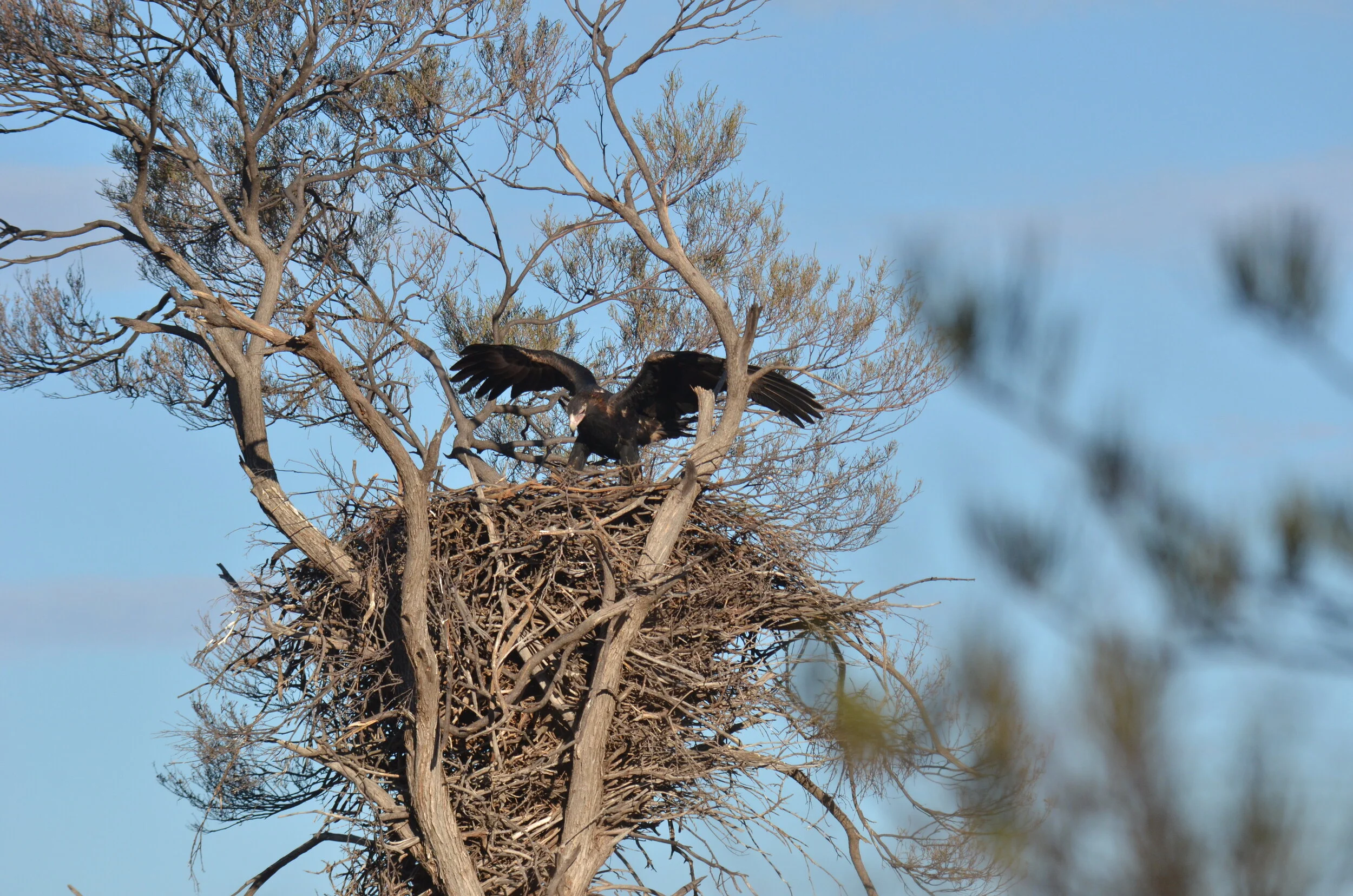The Wedge-Tailed Eagle is Australia’s largest bird of prey and the fifth largest eagle in the world! They get their name from their distinctive wedge shaped tail. Read on below to learn more about this impressive Australian animal.
Photo by Laurie Boyle on Flickr
Habitat
The Wedge-Tailed Eagle is found throughout Australia and in southern Papua New Guinea. They prefer open forests and wooded lands but can also be found in coastal and alpine regions. They build large nests in very tall trees, out of dead sticks.
Photo by Laurie Boyle on Flickr
Size
The Wedge-Tailed Eagle has a massive wingspan of up to 2.3 metres (that’s even bigger than your dads arms)! Did you know that the female Wedge-Tailed Eagle is bigger and heavier than the male.
Photo by Laurie Boyle on Flickr
Colours
The Wedge-Tailed Eagle has brown eyes, off white feet and a pale pink to cream beak. Their legs are feathered all the way down to the base of their toes. Young Wedge-Tailed Eagles are mid brown in colour and get darker each year. They turn almost black when they are 10 years old.
Photo by Laurie Boyle on Flickr
Diet
Wedge-Tailed Eagles mainly eat rabbits, wallabies and small kangaroos. They also like to eat snakes, lizards, large birds, possums, foxes and feral cats. The Wedge-Tailed Eagle hunts with a big swoop, as it bears down its pray.
Photo by Mike Prince on Flickr
Lifespan & Chicks
A Wedge-Tailed Eagle can live up to 40 years! A baby wedge-tailed eagle hatches usually after 45 days of being in an egg and the chick emerges covered in white fur. While two to three eggs may be laid, the parents normally raise only one chick. Wedge-Tailed Eagles mate for life. A pair will establish a breeding territory and defend it from intruders and other eagles.
Photo by Laurie Boyle on Flickr
Eye sight
Wedge-Tailed Eagles have spectacular vision, like binoculars, which helps them hunt their pray. They also have bony rings in their eyes which can squeeze and stretch the eyeball. This has the same effect as a lens on a camera. It makes the image seen by the bird bigger.







